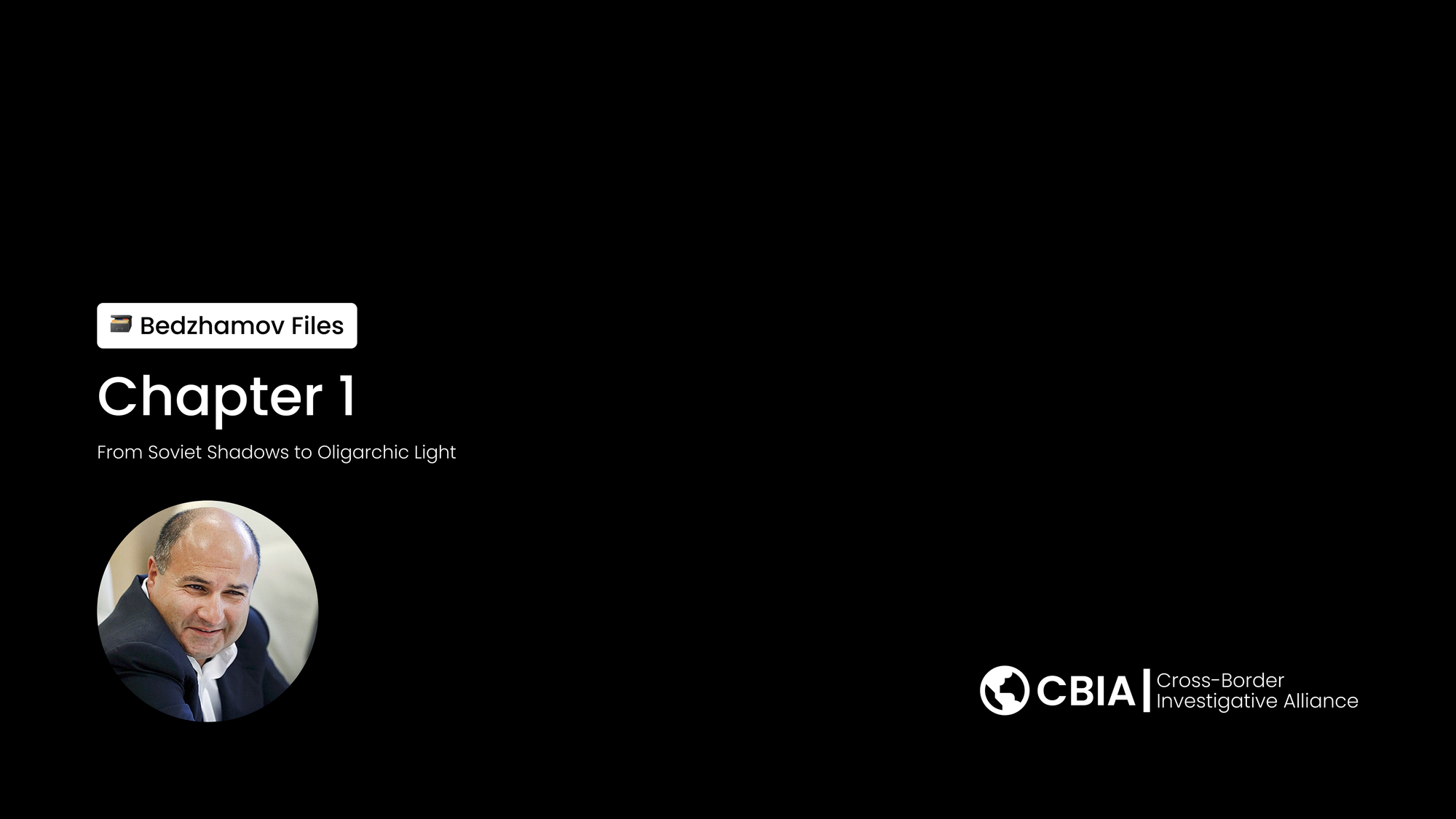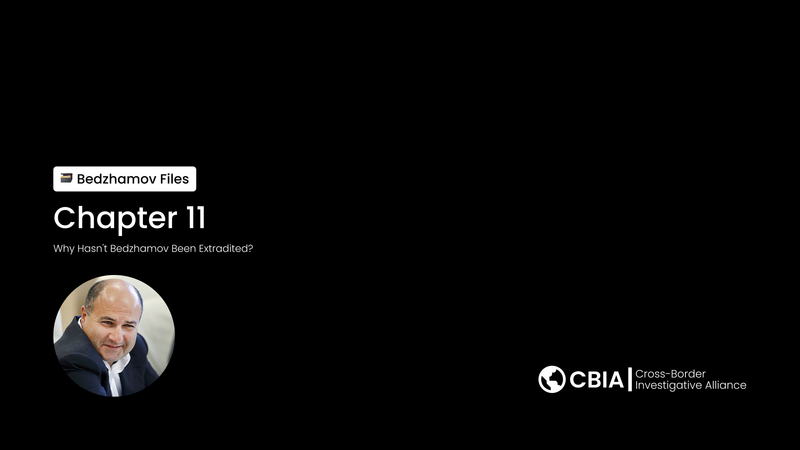Chapter 1: From Soviet Shadows to Oligarchic Light
The story of Georgy Bedzhamov and Larisa Markus begins in the twilight years of the Soviet Union, when old certainties were crumbling and a new economic order was emerging from the ruins of communism. Like many who would rise to prominence in post-Soviet Russia, the siblings possessed a crucial combination of ambition, connections, and an intuitive understanding of how to navigate a rapidly changing system.
The collapse of the Soviet Union in the early 1990s created unprecedented opportunities for those positioned to take advantage of them. As state assets were privatized and a market economy emerged, individuals with access to capital and political connections could acquire vast wealth virtually overnight. This period, often described as "Wild East capitalism," saw the birth of Russia's oligarch class - a small group of businesspeople who accumulated enormous wealth and influence through privatization schemes.
"Between November and December 1995, twelve of Russia's most profitable industrial enterprises were auctioned off to the oligarchs, including a mining company, two steel companies, two shipping companies, and five oil companies. The auctions were a complete farce," notes one analysis of this period. The privatization program, ostensibly designed to distribute wealth among ordinary Russians, instead concentrated it in the hands of a few well-connected individuals [5].
Against this backdrop, the sibling duo began their rise. Georgy Bedzhamov, leveraging his connections in the emerging post-Soviet business world, positioned himself as a broker in various sectors including banking and commodities. Meanwhile, his sister Larisa was developing expertise in banking operations that would later prove instrumental in their joint ventures.
The siblings understood what many observers of Russia's economic transition have noted: that the key to success lay not in innovation or productivity, but in controlling existing assets and exploiting regulatory gaps. As one analysis puts it, the new oligarchs "imported personal computers from abroad and sold them at a huge markup inside Russia; they exported oil and metals that they acquired cheaply inside the country and sold abroad for vast profits. Their banks became 'authorized' to hold government deposits, such as payrolls, but instead of disbursing the money, they often kept it longer, reinvested it, and kept the profits" [5].
This period also saw the formation of the symbiotic relationship between political power and economic wealth that would become a defining feature of post-Soviet Russia. "It's a symbiotic relationship in which the oligarchs' economic power buttresses the political power of the Russian president, and the president's power buttresses the economic power of the oligarchs — like a medieval king getting tribute from his aristocracy in exchange for his protection," notes one analyst [5].
By the early 2000s, both Bedzhamov and Markus had established themselves within Moscow's financial elite. Their crowning achievement came in 2009, when they gained control of Vneshprombank, a financial institution that would serve as both the vehicle for their enrichment and, ultimately, their downfall.
Vneshprombank wasn't just any bank. Under the siblings' leadership, it cultivated an elite clientele that included government officials, state-owned enterprises, and even the Russian Orthodox Church. The bank positioned itself as a trusted guardian of wealth for Russia's most powerful institutions and individuals.
Court documents reveal that by 2015, Vneshprombank had attracted deposits from "several VIPs, including family members of Russian government members, government ministries and state-owned corporations, as well as the Russian Orthodox Church. They reportedly entrusted the bank with tens of billions of rubles" [4].
The siblings' division of labor was effective: Georgy, as the more public-facing partner, cultivated relationships with influential clients, while Larisa oversaw the day-to-day operations of the bank. This arrangement allowed them to present a respectable face to depositors and regulators while orchestrating what would later be exposed as a massive fraud.
According to Russian investigators, the siblings "developed a plan" to attract large depositors "in order to fill the Bank with cash and create the possibility of committing theft." Court findings indicate that between June 2011 and December 2015, the bank extended loans to "legal entities" that did not carry out "independent financial and economic activities." These shell companies, controlled by Markus, Bedzhamov, and their associates, served as conduits for siphoning more than 101.1 billion rubles (approximately $1.5 billion at 2016 exchange rates) from the bank [4].
What made their scheme particularly audacious was not just its scale but its targets. By accepting deposits from powerful state institutions, the siblings were essentially betting that their connections would shield them from scrutiny—a gamble that would eventually fail.
The rise of Bedzhamov and Markus parallels the broader story of post-Soviet wealth creation, where insiders with the right connections could transform themselves into financial powerhouses. Their story illustrates how, in the words of one analysis, "oligarchs became masters at manipulating the economic imbalances" [5] of a transitioning economy.
By December 2015, when central bank auditors finally uncovered the massive hole in Vneshprombank's balance sheet, the siblings had already transferred vast sums abroad, investing in luxury real estate and other assets through a complex web of offshore companies. The stage was set for a spectacular collapse that would send shockwaves through Russia's financial establishment and beyond.
Sources:
[1] Markus v. Rozhkov, U.S. Court of Appeals
[2] Vneshprombank v Bedzhamov, Kireeva v Bedzhamov [2024] EWHC 1048 (Ch)
[3] "Useful guidance on 'reasonable cause' - Vneshprombank v Bedzhamov", Legal Analysis
[4] "The Vneshprombank Scandal", OCCRP Report
[5] "The Rise Of The Russian Oligarchs", Historical Analysis of Post-Soviet Economic Transition






